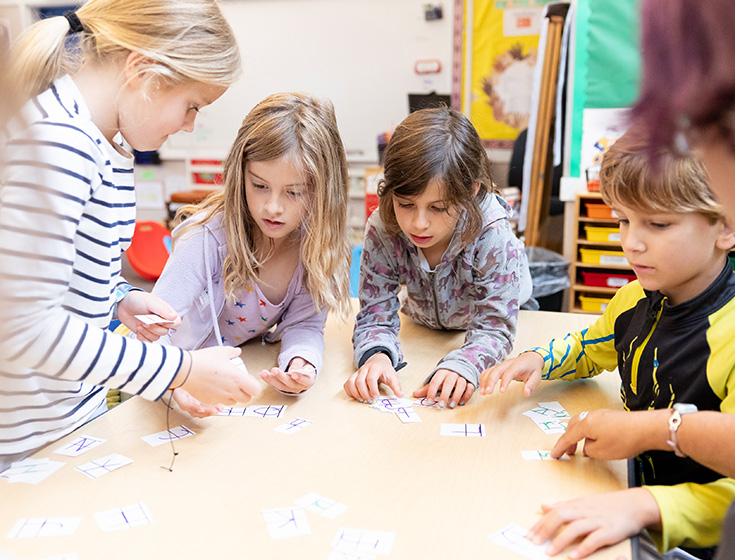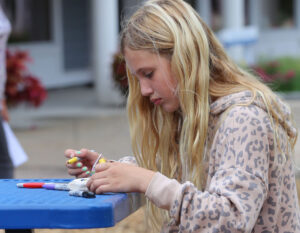What is Thematic Teaching?
Thematic education is an interdisciplinary adventure for children. Students participate in a rich core of interrelated learning experiences within a given topic area or theme, such as “Community,” “The Silk Route: Trading Goods, Inventions, Ideas, and Beliefs, ” or “Perspectives on Justice.” Teachers design a thematic program by interweaving children’s learning experiences into a conceptual whole. Activities are related and build upon one another, integrating language arts, social studies, science, mathematics, and the arts. The theme serves as the vehicle through which new ideas are synthesized with previous knowledge and thus learning is consolidated.







 Students are active – working, thinking, creating, problem-solving – often in pairs or groups
Students are active – working, thinking, creating, problem-solving – often in pairs or groups When students are readily immersed in thematic content, the topic has breadth and depth.
When students are readily immersed in thematic content, the topic has breadth and depth. Constructivist teachers…
Constructivist teachers…